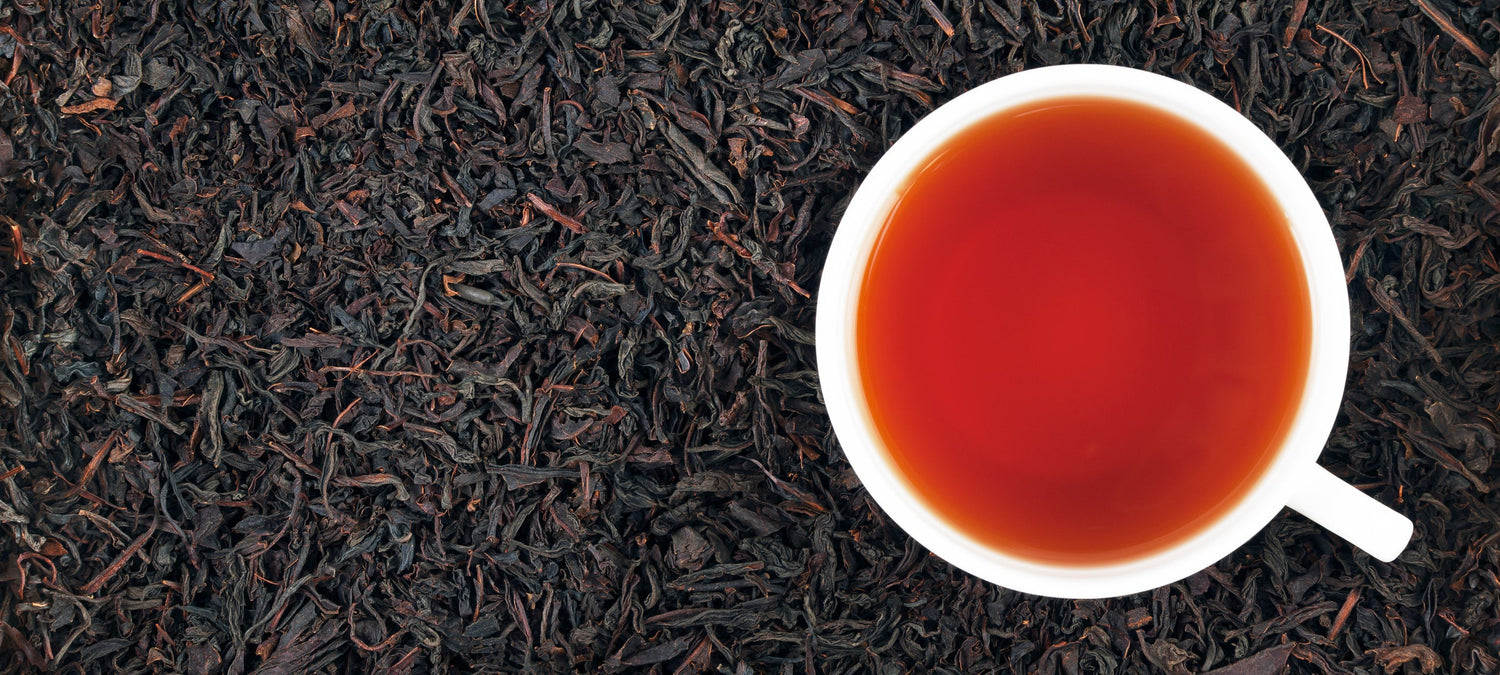Most people who love coffee focus on roasting, but there is much more to it. Using freshly roasted beans pays off when you're patient. You'll get the best flavor and aroma if you let the beans rest for a while.
As we continue with our series of blogs, we will explore what happens after roasting - a quiet step known as resting. You can improve the taste and aroma of your coffee by waiting a bit after roasting.

What's the Coffee Resting Phase?
As coffee beans roast, they release gases, such as carbon dioxide. For this reason, retail coffee bags are designed with valves, which allow the gas to escape naturally.
When the coffee beans are roasted, the moisture is burned off, resulting in yellow beans, indicating sugar development, and light brown beans, signifying endothermism (sheathing heat). Due to the heat, the cellular structure of the coffee will begin to expand, releasing moisture pressure.
Why Resting Coffee After Roasting Matters?
In this process, the first crack of a coffee bean occurs. A chemical reaction between proteins and sugars causes this crack, which sounds like corn popping. When moisture in the bean is forced to create steam and then pressure, it is an exothermic reaction, and the bean pops.
As the coffee caramelizes, it develops much of its flavor and a brown color. Carbon monoxide, which is tightly trapped within the coffee bean, is also produced at this point. Once we've completed the roasting, we need to rest the coffee - also known as 'degassing' - to allow it to breathe.
So, providing the freshly ground coffee beans with time to rest will allow these gases to escape. It makes your coffee taste better and smoother. After roasting, letting coffee beans chill keeps their good aroma. Your coffee will smell as good as it tastes after settling down, so you'll enjoy it more.
How Coffee Resting After Roasting Affects Its Taste
Coffee's flavors become more interesting when you wait. As the beans rest, they change so that strong flavors become milder and subtle tastes emerge, making your coffee taste more refined.
Coffee's acids are leveled out when it rests. The result will be a coffee that is sweet, sour, and bitter in balance. It enhances the whole taste experience.
What Influences the Waiting Time, and How Long Should You Wait?
Your waiting time will depend on how dark the roast is and the type of beans you have. It may take a few days to a week for medium to dark roasts to mature, while lighter roasts might take less time.
Where you are, how high up you are, and where you keep your beans can affect how long you should wait. If you want to know how long you should rest your roasted coffee, refer to the following simple & straightforward guide:
- One to five days for dark roasts
- When brewing espresso or filter coffee, allow at least 7-10 days for the brew process.
- The roasting time for light roasts is 10-14 days for filter roasts and more than 14 days for espresso roasts.
Proper Storage
Once you've patiently rested your coffee beans, the next important step is to preserve their freshness until you're ready to enjoy that perfect cup. After resting, transfer your rested beans into an airtight container to preserve their richness.
This container will protect your coffee from external elements that might compromise its flavor. To prevent flavor loss, choose a container that is minimally exposed to air. It would be best if you also chose a storage place that is cool, dark, and free of direct sunlight.
Every time you brew coffee, you will enjoy the delicate flavors and aromas you've carefully nurtured during the waiting phase. Rest your coffee beans thoughtfully to reap the rewards of your patience.
Conclusion
Making your coffee taste and smell better is as simple as patience after roasting. Observe how this small step can make a big difference. Try waiting for different times, play with the flavors, and see how they change over time.
You'll discover something new in every sip of coffee when you let it chill after roasting. Make your coffee adventure more exciting by waiting a bit! Cheers!





